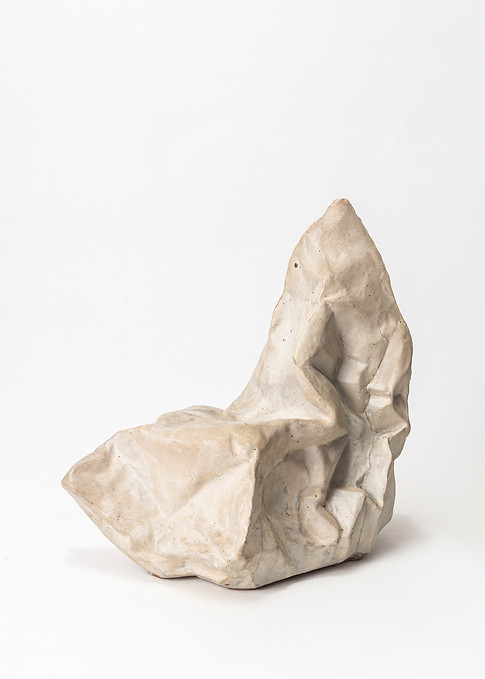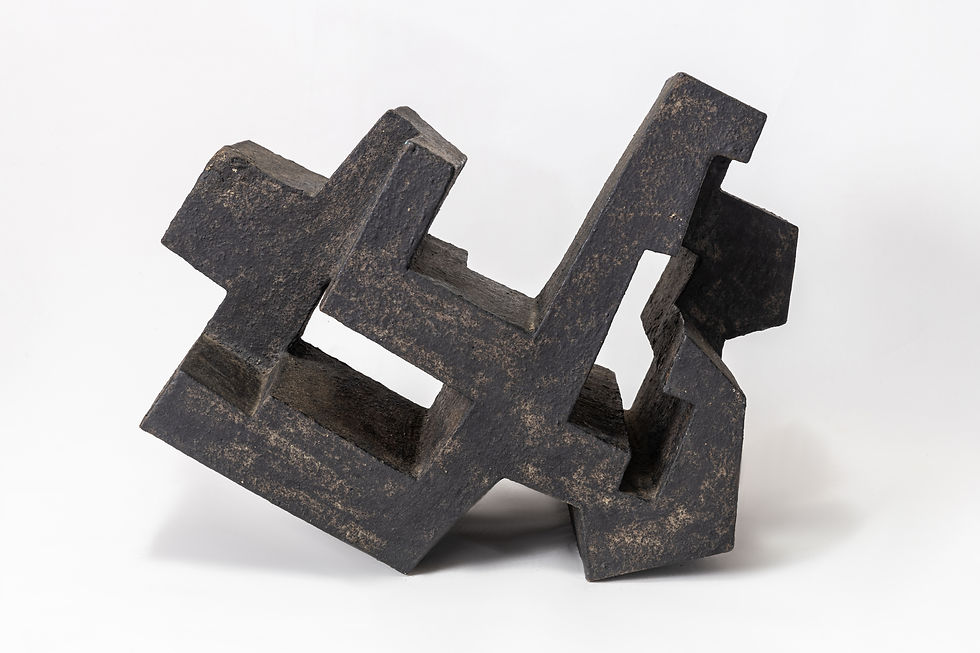
《無題: 이일로 회고전》
故이일로(1943–2022)
2025. 8. 5 – 8. 20
아트 살롱 드 아씨
전시 오프닝 행사 2025.8.7(목)PM5:00

Art Salon de H | Yeouido, Seoul
The late Lee Il-ro was a pioneering figure in contemporary Korean ceramics. His practice—cutting and stacking clay—went beyond formal exploration to become a sculptural autobiography, a profound meditation on life and existence.
This retrospective brings together the artist’s lifelong body of work, personal records, and a carefully curated archive assembled by his family. Through these, we revisit Lee’s artistic world and carefully uncover the silent messages embedded in his practice—messages that continue to resonate anew in the presence of the viewer.
The exhibition title, "Untitled (無題)", reflects the impossibility of capturing the entirety of Lee Il-ro’s life and art in a single name. Instead of labeling, the title offers an open space—a quiet invitation to engage with the complexity and depth of his work.
Through this exhibition, Art Salon de Ahssi seeks to honor the artistic spirit and sculptural language that Lee Il-ro left behind.
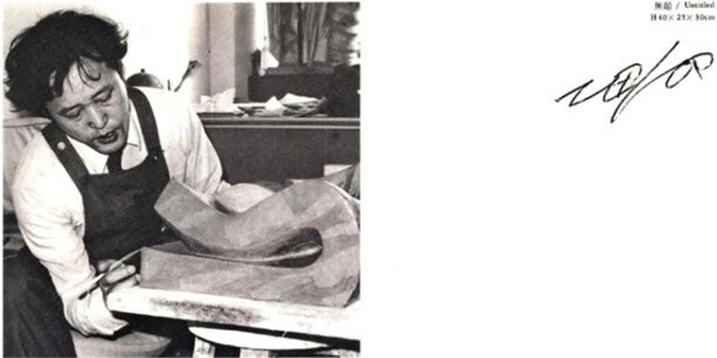
Lee Il-ro (1943–2022)
Lee Il-ro was an experimental artist and educator who expanded the boundaries of traditional Korean ceramics into the language of contemporary sculpture. Born in Gaepung, Hwanghaebuk-do, he came of age during a time of war and division, circumstances that deeply shaped his path toward ceramics. From the 1960s onward, he dedicated more than half a century to both creation and teaching, contributing significantly to the evolution of Korean ceramic art, especially through his long tenure at the College of Fine Arts at Hongik University.
Lee’s early works began with functional pottery shaped on the wheel, but gradually evolved into sculptural ceramics using slab-building and assemblage techniques. Cutting, stacking, and joining clay slabs—along with his intentional asymmetry, restrained balance, contrasts between white porcelain and gray slip, and surfaces marked by knife traces and fissures—formed a distinctive sculptural language that reflected his philosophical depth.
While honoring tradition, Lee never remained confined by it. Continuously seeking new forms and expressions, he is regarded as a visionary who expanded the horizons of contemporary Korean ceramics. His works transcend utility, embodying both sculptural form and spiritual contemplation, and posing profound questions about the essential beauty of ceramic art.

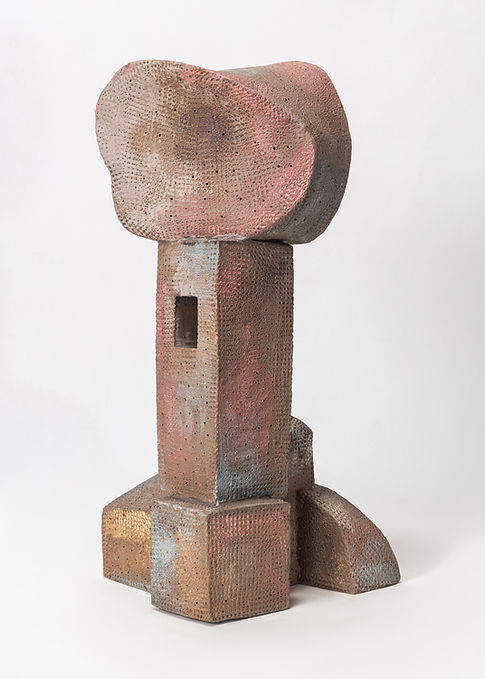-17%ED%9A%8C%20%ED%95%9C%EA%B5%AD%EB%8F%84%EC%98%88%EA%B0%80%ED%9A%8C%EC%A0%84%20%EC%B6%9C%ED%92%88%EC%9E%91.jpg)
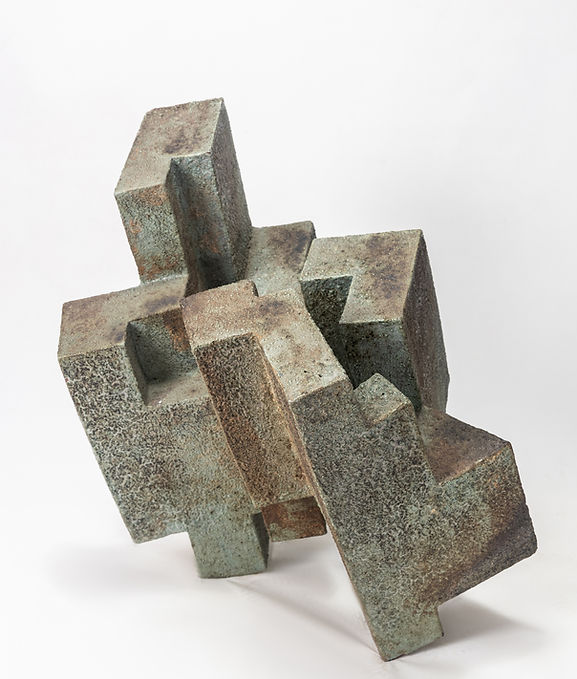%201991-91%EB%85%84%20%ED%98%84%EB%8C%80%EB%B9%84%EC%97%94%EB%82%A0%EB%A0%88%20%EC%B6%9C%ED%92%88%EC%9E%91.jpg)
